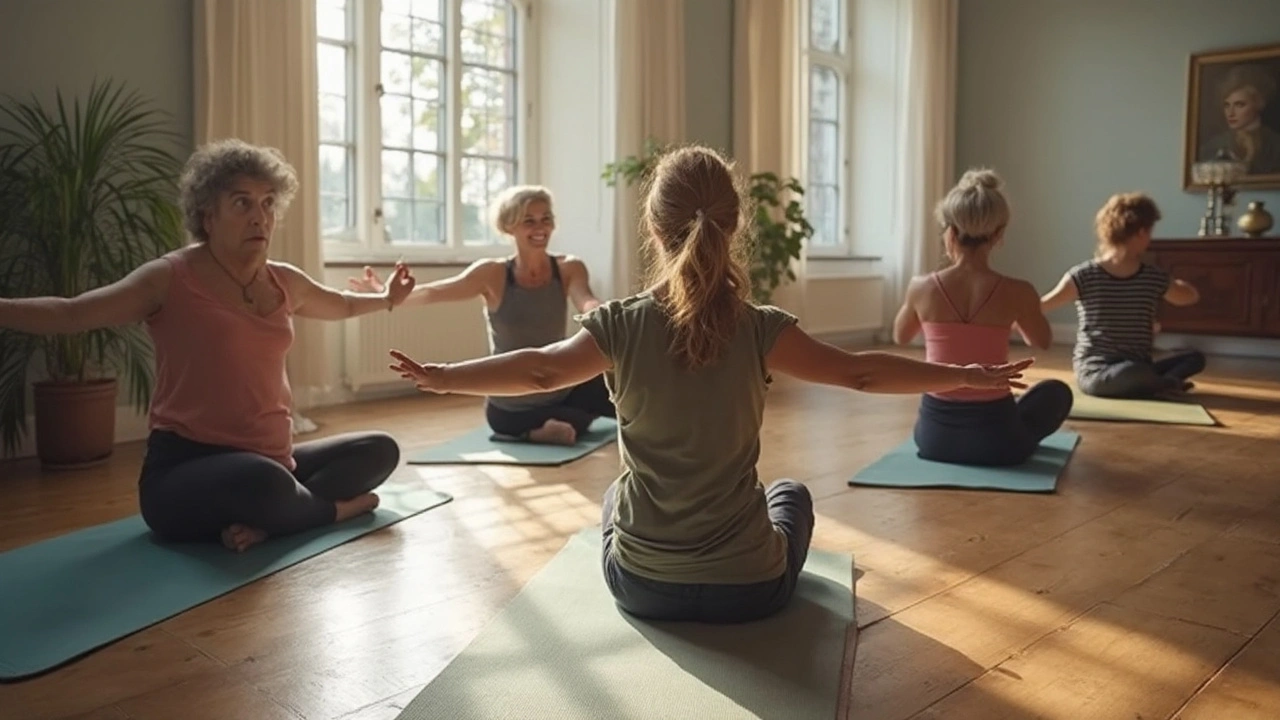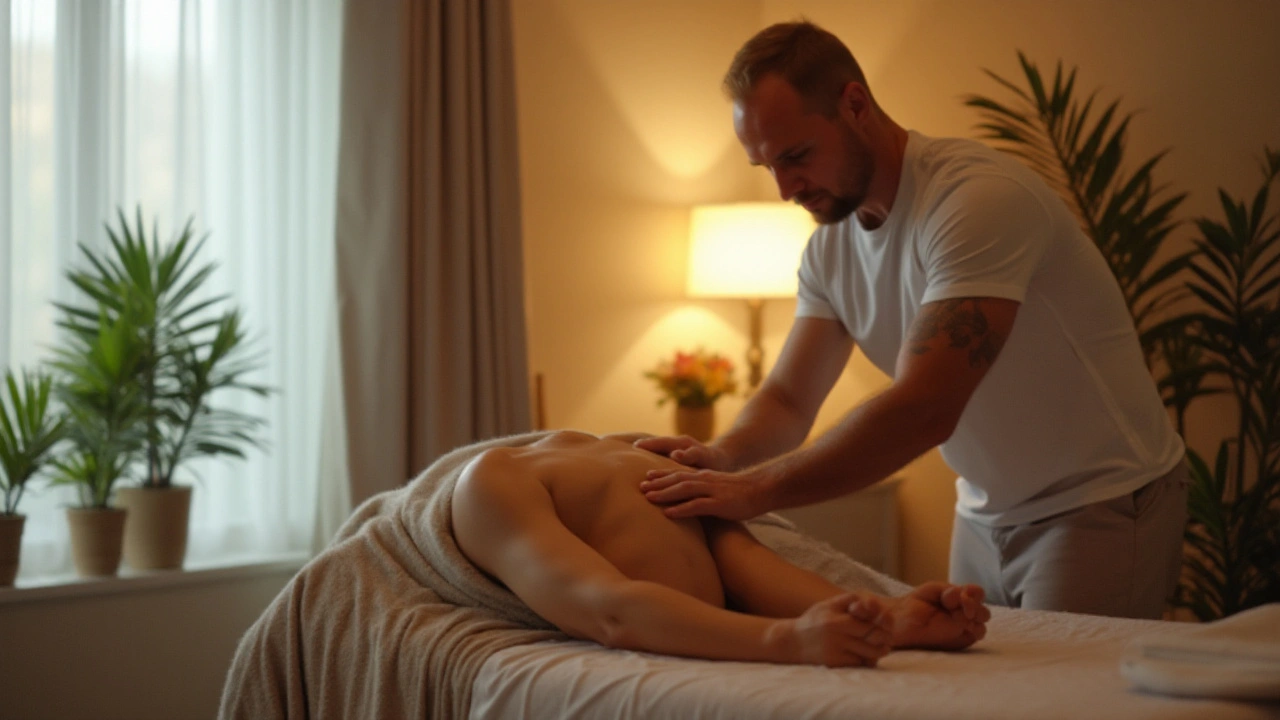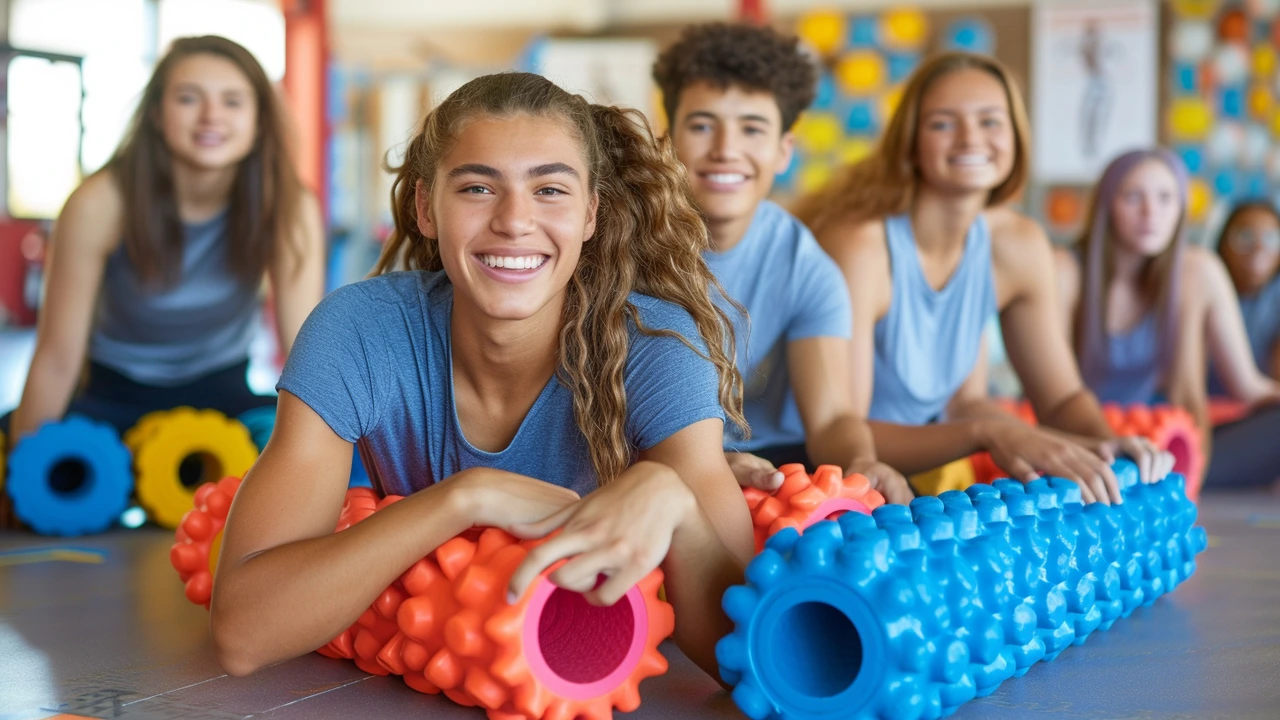Health and Fitness: Massage, Movement & Recovery
Want less pain, better posture, and faster recovery? Smart massage choices and a few movement habits can do that. This page pulls together real tips from massage therapy, Feldenkrais, Pilates, and fascia work so you get practical fixes—not fluff.
How to match massage to your goals
If you want faster recovery after workouts, Swedish massage and sports massage are your go-tos. They increase blood flow and ease muscle knots so you move better the next day. If your problem is chronic tightness or mobility limits, try myofascial release or a therapist who works slowly along the connective tissue. For improving body awareness, Feldenkrais-style sessions help you find easier ways to move, which supports yoga and daily tasks.
Here’s a simple rule: soreness from heavy training? Book a Swedish or sports session within 24–48 hours. Stiffness that won’t budge? Schedule myofascial work and add gentle mobility drills daily. Want lasting movement changes? Mix Feldenkrais or guided movement lessons with hands-on sessions.
Quick routines you can use today
Morning: 5 minutes of easy breathing and shoulder rolls to wake up fascia. Midday: 3 minutes of desk mobility—chin tucks, thoracic rotations, hip circles. Post-workout: 10 minutes foam rolling or light myofascial self-work on calves, quads, and glutes. Evening: 10–15 minutes of gentle stretching or a short Feldenkrais lesson online to free up tiny habitual tensions.
When you foam roll, move slowly and pause on tender spots for 20–30 seconds until the tension eases. Don’t push through sharp pain. For fascia stretching, focus on slow movements that glide through the tissue rather than bouncing into a stretch—this reduces risk and gives better results.
Tell your massage therapist what you want before the session. Say if you prefer deeper pressure or lighter touch, and point to two specific problem areas. Ask for follow-up tips to keep gains at home—most therapists will show you 2–3 moves to do between visits.
Combine treatments for bigger wins. An athlete might get a sports massage post-event, add daily mobility work, and do weekly myofascial sessions when needed. A yogi can take Feldenkrais lessons to refine movement patterns, then use targeted soft-tissue work to clear persistent tight spots.
Want to explore specific posts? Check out guides on using Feldenkrais to boost yoga, Swedish techniques to enhance athletic performance, and practical fascia stretching for Pilates. Each piece gives step-by-step moves and what to expect from a session.
Small, consistent changes beat big, occasional fixes. Pick one routine above, stick with it for two weeks, and notice whether sleep, movement, or recovery improves. If problems persist, see a qualified therapist who can assess movement patterns and tailor hands-on care.

How Feldenkrais Training Transforms Your Yoga Practice for Greater Flexibility & Awareness
Discover how Feldenkrais training can level up your yoga. Master mindful movement, boost flexibility, and prevent injuries in your daily practice.

Boost Athletic Performance with Swedish Massage Techniques
Discover how Swedish massage can significantly enhance your athletic performance. Explore the benefits of improved muscle recovery, increased flexibility, stress reduction, and enhanced circulation. Learn practical tips and methods for incorporating Swedish massage into your fitness routine.

Enhancing Your Pilates Practice with Effective Fascia Stretching Techniques
Hey there! If you're like me, always hunting for new ways to power up our Pilates sessions, you'll dig this. We're diving into how stretching our fascia – yeah, that's the connective tissue jazz – can seriously crank up our Pilates game. Think about it; supple fascia equals smoother moves and more oomph in our workouts. I'm gonna break it down for you, sharing personal experiences and some ace moves to get that fascia flexing. Whether you’re a newbie or a seasoned pro, join me as we explore this little trick to making our routines more dynamic and propel our Pilates to the next level!

The Art and Science of Fascia Stretching
Hey there, in this post, I'm diving into the fine art and scientific approach of fascia stretching. We'll look at how this technique can improve flexibility, enhance muscle function, and contribute to overall wellbeing. Brace yourselves for a journey that blends aesthetics and physiology into a seamless health discipline. If you're curious about the ins and outs of fascia stretching, this piece is for you – the awesome science and elegant artistry of stretching await!

Why Athletes are Turning to Myofascial Release Therapy
Hey, guys! Just wanted to share something intriguing with you today. More and more athletes are using Myofascial Release Therapy to enhance their performances. It's an approach that uses pressure and movement to relieve tension in the fascia, the connective tissue surrounding muscles. Fascinating stuff, especially if we consider the potential for improved recovery and performance. Want to learn more? Stay tuned as we delve into this latest fitness trend.
Categories
- Health and Wellness (148)
- Alternative Therapies (86)
- Massage Therapy (40)
- Travel and Culture (15)
- Beauty and Skincare (9)
- Holistic Health (8)
- Health and Fitness (5)
- Spirituality (5)
- Other (2)
- Personal Development (2)



